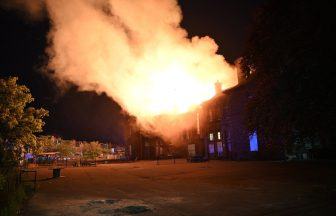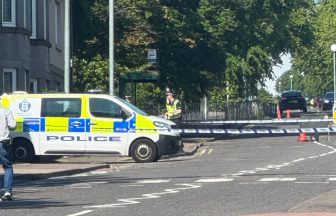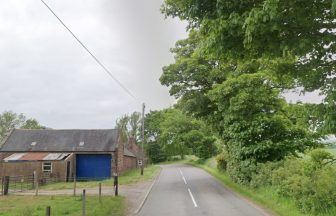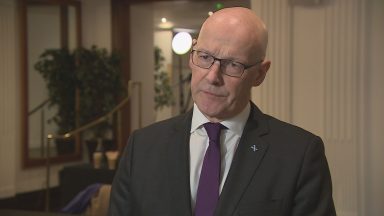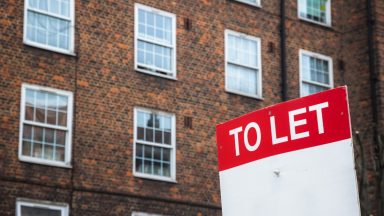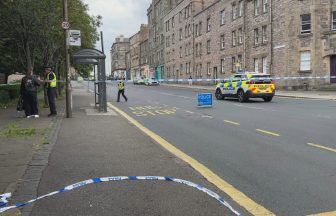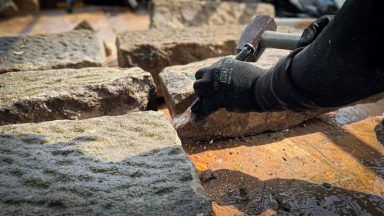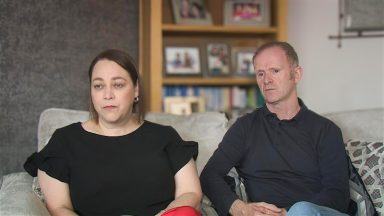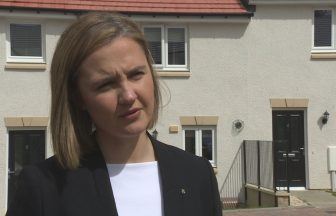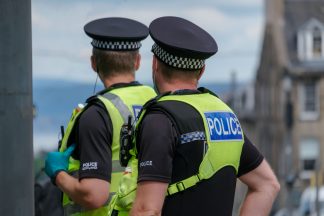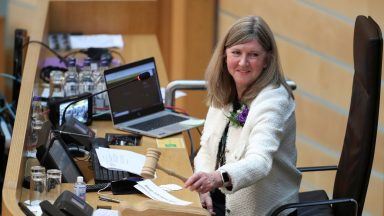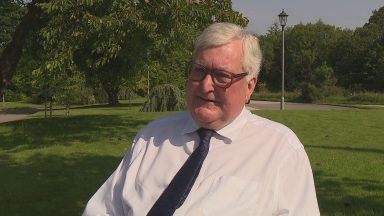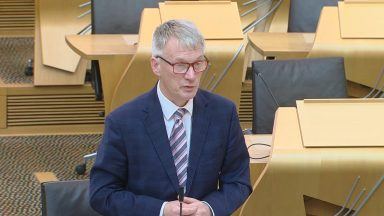Some social distancing restrictions could stay in place for the rest of the year or longer, Nicola Sturgeon has warned, saying “a return to normal as we knew it is not on the cards in the near future”.
The First Minister was speaking at her daily coronavirus briefing on Thursday as the Scottish Government published a report saying any easing of the lockdown must be “conducted in a phased and careful manner”.
And if lifting some restrictions results in a fresh spike in Covid-19 cases, the measures could not only be put back in place but even strengthened.
The FM stressed people will need to “find a way to live with this virus”.
She said the key objective of the new report is continuing to suppress the virus and the Scottish Government is “increasingly confident” measures put in place are helping to do this.
So what does the Scottish Government paper tell us?
Restrictions won’t be lifted all at once
Living with Covid-19 “will mean continued uncertainty and changes to how we live our lives”, the report says.
It adds: “The key consideration around easing restrictions is how to do so safely.
“Even as we lift some of the more restrictive measures, we are likely to require continued adherence to the advice on staying at home if symptomatic and to the advice on physical distancing.”
The paper also stresses that now is currently not the right time to start lifting any restrictions.
When it does become time to consider easing the lockdown, officials will look at the possibility of “different restrictions in different areas dependent on how the pandemic is progressing”.
They will also examine “options for different groups of the population – as is currently the case with those shielded for clinical reasons”.
The report says: “Some form of continued shielding to protect those who are most at risk will almost certainly be required.”
“It may be that restrictions on some outdoor activity are eased before those on indoor activities – however, all of this will be evidence-led,” it adds.
Pubs and large events won’t return anytime soon
Restrictions on gathering in groups are set to continue for the foreseeable future, the Scottish Government says.
The measures have shut down restaurants, pubs, clubs, cafes, cinemas and gyms and led to public events across the country being cancelled.
“We are likely to require that gathering in groups, for example in pubs or at public events, is banned or restricted for some time to come,” the report advises.
Good hygiene ‘must become fundamental habit’
The report states that good hand and cough hygiene “must become fundamental habits”.
That means washing your hands regularly and thoroughly, coughing or sneezing into tissues or your elbow, and avoiding touching your face.
“We cannot afford to have exceptions,” the report adds.
“Each one of us will have to adapt to this as the new normal, at least until we are sure that we can be more protected by a vaccine or treatment.”
Economy could reopen sector by sector
The Scottish Government says it will look at various options for easing restrictions, including allowing those businesses currently shut down to reopen on a sector-by-sector basis.
Easing restrictions in particular settings is likely to see the continuation of physical distancing and other hygiene measures.
These could include two-metre distancing when premises re-open, and limiting the number of people that can be in confined spaces at the same time.
The government says it will “assess the merits of tailoring options to, for example, specific geographies and sectors, or parts of the rural economy, or those able to work outdoors”.
“Physical distancing, hand hygiene, and other critical behaviours will be essential in each sector,” the report adds.
The government pledged to work with experts in different sectors “to understand the practical consequences, for example, of what physical distancing would mean for schools and education, transport, business and recreation”.
Lockdown could be reinstated ‘with little notice’
“Easing restrictions will not mean returning to how things were before the virus,” the report warns – and the process could quickly be reversed.
It continues: “If, after easing any restrictions, the evidence tells us we are unable to contain the transmission of the virus then we will have to reimpose them, possibly returning to lockdown with little notice.
“While we will do our best to avoid this, it is possible that such a cycle may happen more than once until we reach a point when we have in place an effective vaccine.”
Options also include “the potential introduction of new restrictions”, the report adds.
Test, trace and isolate will be key
At the point where restrictions are eventually lifted, the government says it will “need to put in place public health measures” to suppress Covid-19’s spread and prevent a second wave.
Among these measures there would have be the capacity for “early and rapid testing” of all suspected cases, with all their contacts traced and isolated.
Governments around the UK originally took this approach in the first phase of their strategy to tackle the virus but abandoned it in March once coronavirus was considered to be “widespread” in communities.
The World Health Organisation has advised all countries to aggressively test, trace and isolate all Covid-19 cases.
The Scottish Government says reinstating this policy, along with other measures like antibody testing, will assist it in carrying out “effective disease surveillance”.
This will, in turn, help officials “to stop cases becoming clusters, clusters becoming outbreaks, and outbreaks becoming an uncontrolled peak that would require a return to lockdown to avoid enormous loss of life and the overwhelming of our health and care system”.



